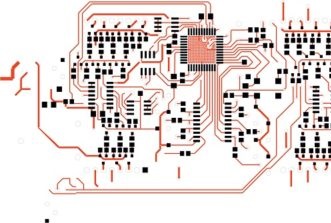This website uses cookies so that we can provide you with the best user experience possible. Cookie information is stored in your browser and performs functions such as recognising you when you return to our website and helping our team to understand which sections of the website you find most interesting and useful.
Linux Embraces Real-Time Capabilities
Linux has taken a significant step forward by officially integrating real-time patches into its mainline operating system, enhancing its performance capabilities. The long-awaited real-time capability from the PREEMPT_RT patches has been fully merged with the mainline codebase for Linux 6.12, catering to x86, RISC-V, and ARM64 architectures. This development signifies a major milestone for Linux, as it prepares to expand its presence in mission-critical devices and industrial hardware.
Congatec, a prominent player in the tech industry, has joined forces with OSADL to further bolster real-time capabilities in Linux. This collaboration aims to leverage the enhanced performance offered by the latest kernel updates, paving the way for more efficient and reliable operations in various applications.
For over two decades, developers have been working on refining the real-time capabilities of Linux to deliver deterministic performance. Previously, these capabilities were available through separate patches, rather than being integrated into the main distribution. One of the key challenges addressed in this process was the reworking of the kernel's widely used print_k function, a critical debugging tool dating back to 1991. By eliminating the hard delay that impeded real-time performance, Linux is now better equipped to meet the demands of modern computing environments.
The integration of the PREEMPT_RT capability into Linux opens up new possibilities for industrial applications, with leading companies like Monte Vista, ENEA, and Wind River already incorporating these enhancements into their products. Additionally, the POSIX standard, established in 1988, has played a crucial role in defining real-time extensions for Linux, covering areas such as real-time signals, scheduling policies, synchronization mechanisms, clocks, and timers.
Furthermore, the evolution of real-time operating systems has spurred innovation across the globe, with a diverse range of solutions emerging in different regions. Notable examples include FreeRTOS and SafeRTOS in the UK, PikeOS in Germany, PX5 in the US, and QNX in Canada, along with eMCOS in Japan. These platforms offer specialized features and smaller footprints, catering to specific industry requirements and driving advancements in real-time computing.














